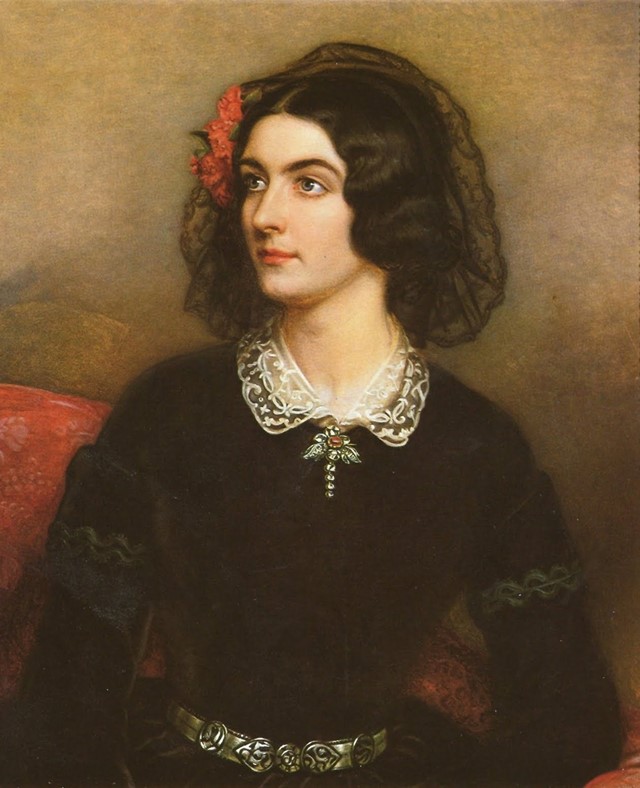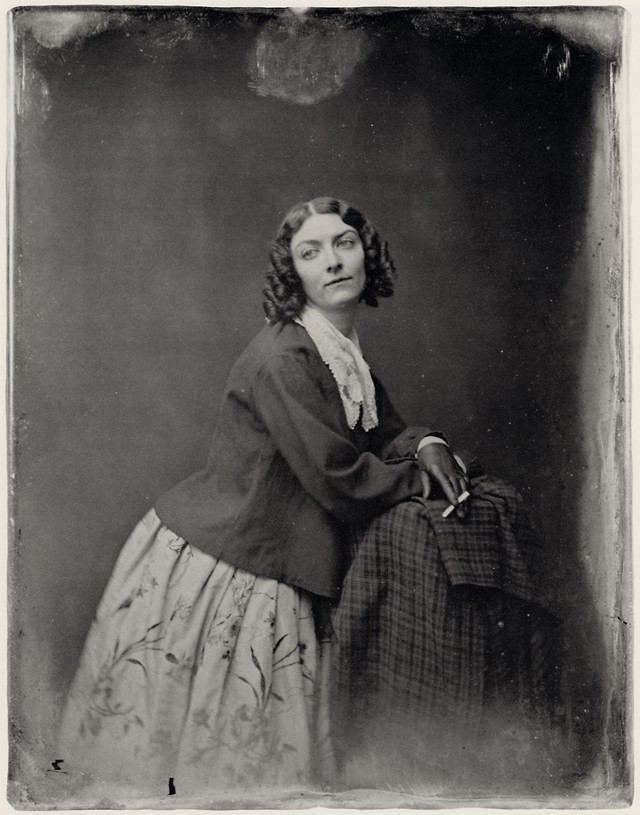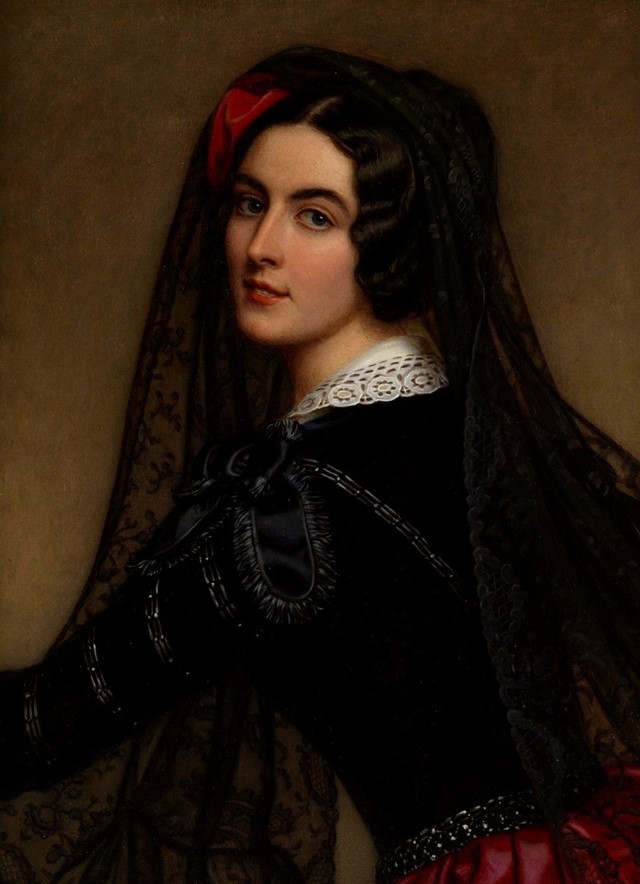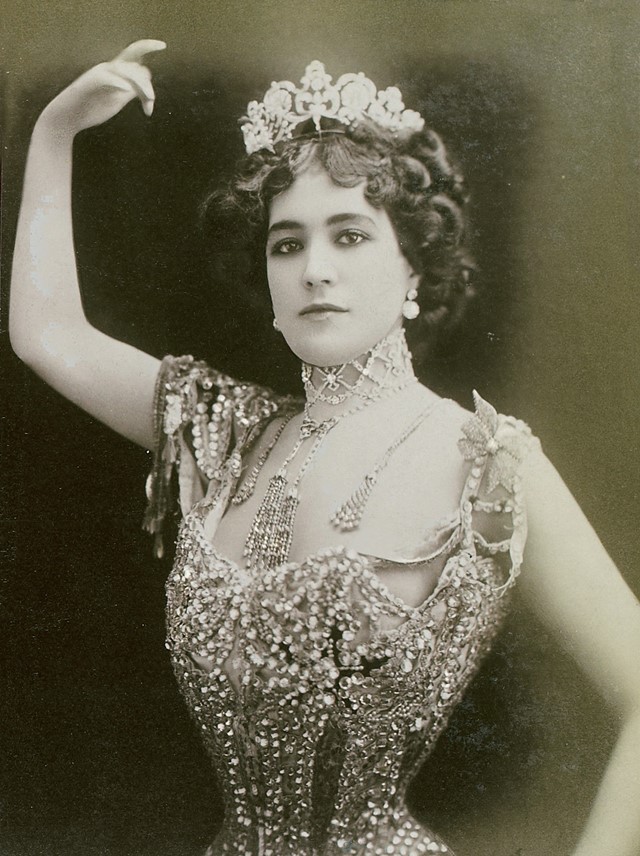We celebrate the life, loves and provocation of the 19th-century liberal socialist – also known as the first woman to be captured on daguerreotype smoking a cigarette
A kind of restless energy crackles and bristles around the name of Lola Montez. From her life as a rebellious adolescent and runaway bride to that of a celebrated dancer who was the toast of 19th-century bohemia – not to mention a whip-wielding countess and divisive socialist – Montez lived with a kind of vigour that is hard to capture but is certainly the reason why, even long after death, her personality still seems to smoulder with unexpected heat from beneath the many pages that detail her life. A liberal provocateur, Spanish dancer, and the first woman to ever be captured smoking a cigarette on film, she is the embodiment of everything AnOther Woman ought to be.

Defining Features
Born in Ireland in 1821 to a commissioned officer and the daughter of an M.P., Eliza Gilbert's parentage was one that could hardly give an inkling of her future exploits. However, it was not long before she began to show signs of the flair for defiance that would soon become her legacy. After a brief period in India, she was sent to school in Britain out of concern for her "wildness". Even as a child she was anathema to authority and her talent for disobedience saw her slotting flowers into a man's wig during chapel and running naked through the streets. By the age of 19 – or 16, depending on which account – she had eloped with a lieutenant (much to the consternation of her mother, who has promised her to a 60-year-old man), moved to India and become Eliza James – but it was around this point Eliza truly becomes "Lola Montez", not merely in the adoption of this latter name but in everything that would come to define her.
Whilst debuting in London shortly after in 1843 she was effectively "outed" as Mrs Eliza James after being recognised. This did not unsettle her, but instead sparked a newfound celebrity in Europe which she used to her advantage. Attending a glittering round of parties and salons, she became Liszt's lover in Paris where she met the likes of George Sands, cementing her position as a luminary in bohemian society.

Seminal Moments
Whilst dancing in Munich, Lola caught the attention of King Ludwig I Bavaria. This meeting was to project her further into notoriety; the king gifted her a castle as well as the titles of Countess of Landsfeld and Baroness Rosenthal. Montez used her position to institute liberal forms, making her an enemy of the conservatives in power. Factions rose against and in support of her with a band of liberal students rising to her defence under the name "Alemannia" and wearing military attire. The clashes intensified, and it was during one that the Countess was seen wielding a riding whip to defend herself before taking shelter in the church of the Theatines (this whip was apparently her weapon of choice: she was later noted as having injured a newspaper editor with it after reading a bad review).
Conservatism grew so strong in Bavaria that King Ludwig eventually had to abdicate and Lola Montez was banished. She continued travelling the world as a dancer and a lecturer, both scandalizing and inspiring the many she encountered, or more to the point, encountered her. By 1856, she was performing her notorious "spider dance" around the Californian and Victorian goldfields in the states, where she was showered with gold nuggets and sparked moral outrage.

She's AnOther Woman Because...
"Adventuress" is a problematic word in many respects. It has often been used to suggest an underlying depravity, as if being both a woman and an adventurer is to bring shame upon oneself, a shame to which men are immune. Indeed, it has long been used to denigrate female sexuality, describing a fortune hunter and femme fatale more than being the "female counterpart" to the word adventurer. There is, however, a sense in which the word adventuress, with all the spirit of transgression it implies, can be quite apt. It points at something more left-field than the starched and morally upright adventurer, and something infinitely more interesting. If an adventurer is a conventional hero then an adventuress defies and subverts convention. In this sense if straight-laced Victorian hero Shackleton was an adventurer then surely the designation of adventuress would be more fitting for Byron. Lola Montez, then, was certainly an adventuress with all the radicality such a word evokes.
Montez has been the inspiration for many a film character and literary heroine, so it's curious that today she remains virtually anonymous. One can only hope that she will rise to public notoriety once again...
